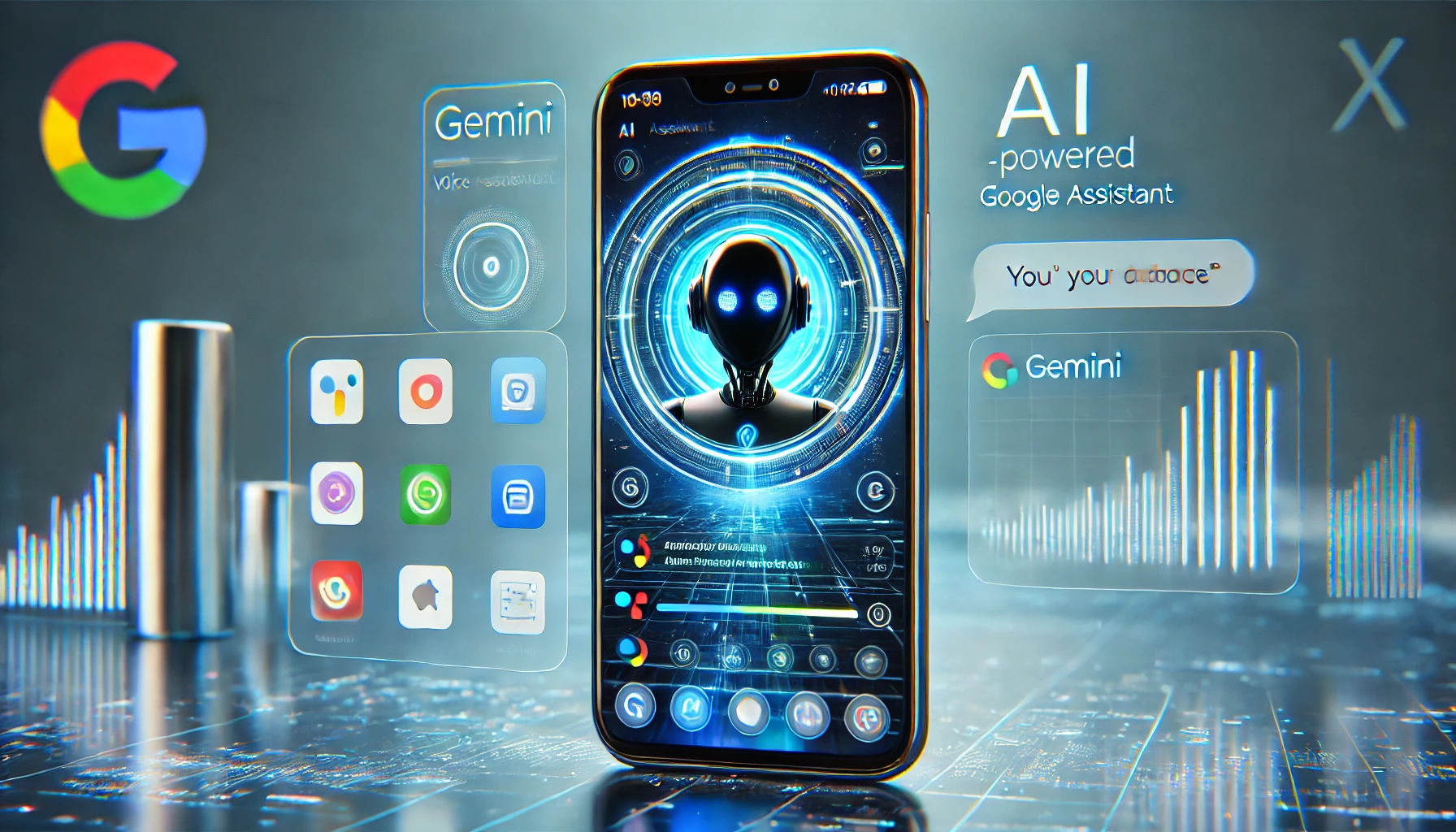Apple is about to revolutionize how users interact with their iPhones with the introduction of its own artificial intelligence, Apple Intelligence. In typical Apple fashion, the technology giant is taking a thoughtful, user-centric approach with its AI, focusing on enhancing how we work with words and photos. But this initial release is just the beginning—Apple’s AI aims to impress, while also evoking a sense of wonder and perhaps a little unease.
What Is Apple Intelligence?
Apple Intelligence is Apple’s answer to the growing wave of AI-powered assistants and tools that have already begun to transform the digital landscape. This new AI feature, expected to land soon on iPhones, is designed to help users work smarter and faster, primarily by improving how they interact with text and images on their devices.
While other tech giants like Google and Microsoft are embedding AI deeply into their operating systems, Apple’s approach is slightly more cautious but equally impactful. This AI is built to be a seamless extension of how users already interact with their devices, leveraging natural language processing (NLP) and machine learning to provide subtle, intuitive enhancements rather than overwhelming changes.
Words and Photos: The Focus of the Initial Rollout
In its first iteration, Apple Intelligence is designed to make your life easier when it comes to two of the most common activities on iPhones: working with words and handling photos.
Smarter Text Suggestions and Edits
Apple Intelligence can assist you with writing and editing, learning from your writing style and preferences to offer suggestions that go beyond simple autocorrect. Imagine drafting an email or text message, and instead of merely correcting typos, Apple’s AI suggests entire phrases, rewrites sentences for clarity, or even recommends a tone adjustment based on the context of the conversation. This personalized touch could be a game-changer for anyone who regularly communicates via their iPhone.
Moreover, Apple’s AI will go beyond suggestions and enter the realm of content creation. Users could eventually ask the AI to draft entire documents, emails, or social media posts based on a few key points, helping to save time while maintaining a user’s unique voice and style.
Next-Level Photo Management and Edits
Managing and editing photos is another area where Apple Intelligence shines. The AI will make sorting through thousands of pictures easier by automatically categorizing them based on content, location, or even specific people. Apple’s photo recognition will extend to a new level of detail, identifying more granular objects, events, or themes in your pictures.
But it’s not just about organizing photos—Apple Intelligence will also help with editing. The AI will offer real-time editing suggestions, from enhancing lighting and colors to removing unwanted objects or adjusting image composition. It’s designed to assist users who want professional-looking photos without spending hours learning complicated editing software. By analyzing what makes a photo “good,” the AI can offer quick improvements that match users’ personal tastes and preferences.
The Balance Between Helpful and Unnerving
While Apple Intelligence is set to be incredibly useful, it may also feel a bit unsettling for some users. The idea of an AI that knows your writing style, analyzes your photos, and makes highly personalized suggestions can feel like a step too far in terms of privacy and personal intrusion. Apple has already made a strong commitment to user privacy, and they emphasize that their AI will process data on-device whenever possible to limit exposure to external servers. But the sheer scope of what this AI can do will undoubtedly raise questions about how much control users will have over the technology—and how much it will learn about them.
For example, as the AI begins to assist with more personal content, such as intimate conversations or sensitive photos, users may feel uneasy about the AI’s reach into their private lives, even if the data never leaves their device.
What’s Next for Apple Intelligence?
This is only the beginning. The initial release focuses on words and photos, but Apple Intelligence is expected to evolve quickly. As the AI integrates deeper into iOS, we can expect new features, such as advanced Siri capabilities, smarter app recommendations, or even real-time video editing. The future of Apple Intelligence likely includes AI-driven health tracking, virtual personal assistants that manage day-to-day tasks, and even AI helping you control smart home devices more efficiently.
Apple’s signature focus on user experience and privacy suggests that they will continue to refine their AI, offering new features that feel natural and helpful rather than overwhelming or intrusive.
Conclusion
Apple Intelligence marks a significant step in the future of AI on iPhones. While the initial focus on words and photos might sound simple, it represents a larger shift in how we interact with technology. As the AI grows more capable, it promises to be both a helpful assistant and, potentially, a cause for some concern. Whether it leaves you impressed or unnerved—or maybe a bit of both—Apple Intelligence is poised to change the way you use your iPhone in ways that are personal, powerful, and possibly a little too smart for comfort.





